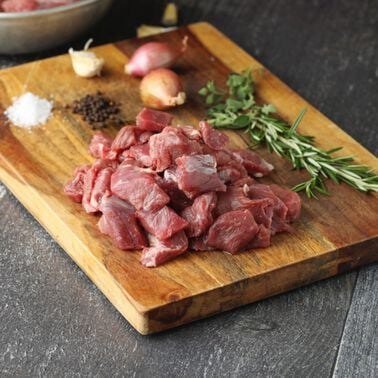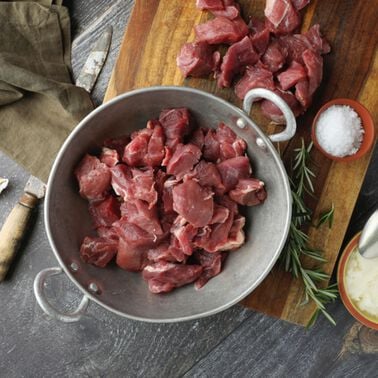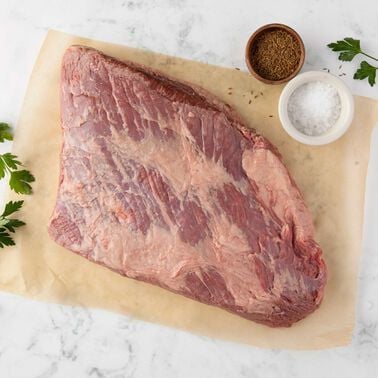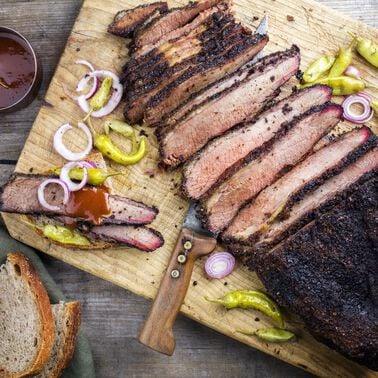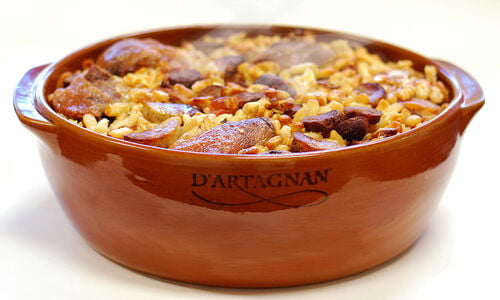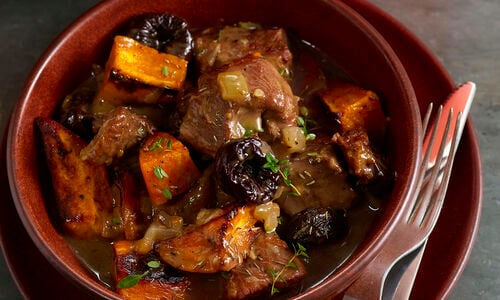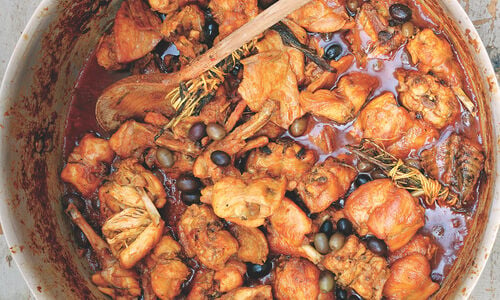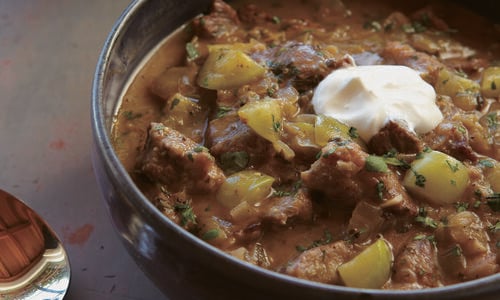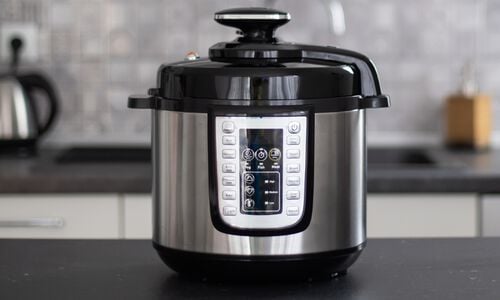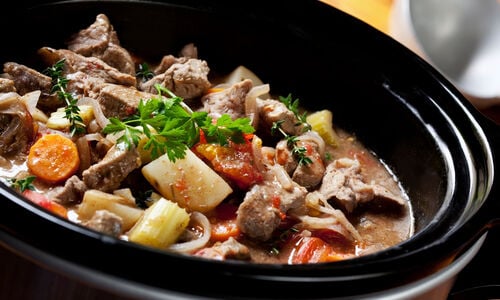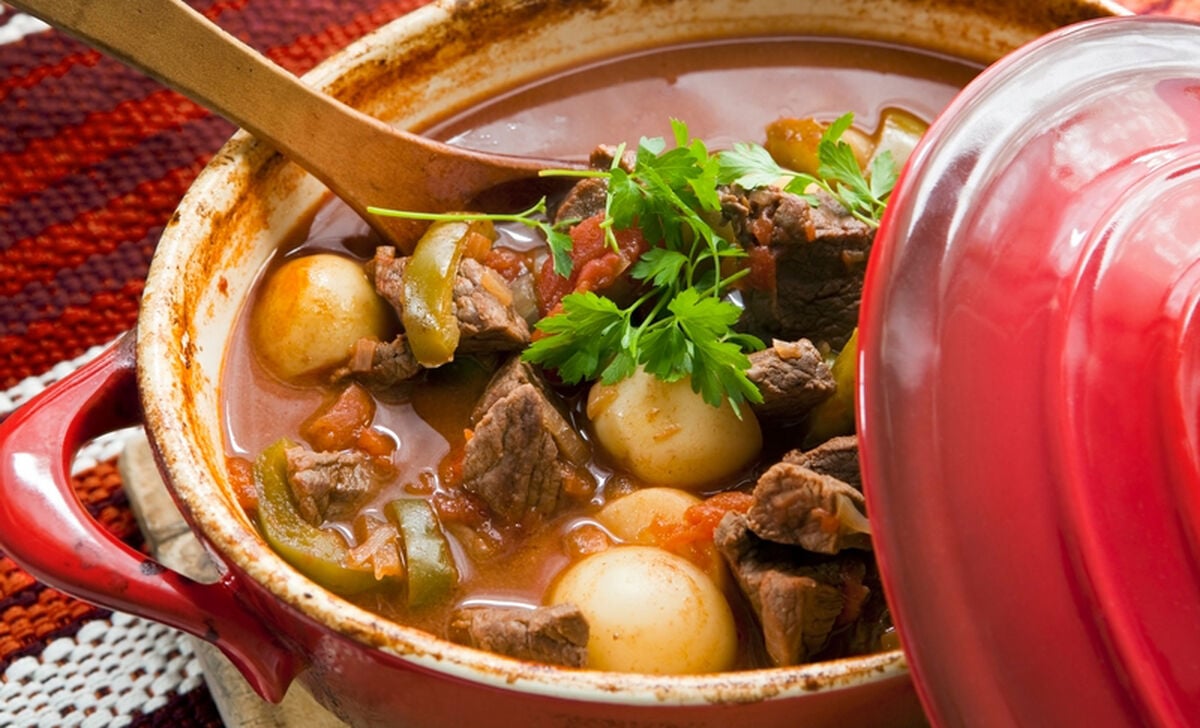
History
People have been stewing for centuries. There is archeological evidence that tribal Amazonians used spent turtle shells to stew meats 8,000 years ago. Stew was mentioned in the biblical story of Cain & Abel and in a fourth-century Roman cookbook, Apicius. Guillaume Tirel’s, Le Viandier de Taillevent, the famous French tome, first published in 1395, also contains stewing recipes. Stews are found today, in nearly every cuisine, from daubes and blanquettes in France to Indian curries, Mexican pozoles to khoresht in Persia, niku jaga in Japan to good, old American beef stew.
Basics
Stewing and braising are both slow, moist-cooking methods with a few minor, yet key, differences. When making stews, the meat is cut into smallish, uniform chunks whereas when braising, muscles are usually left whole. When stewing, your meats and vegetables are completely submersed in the cooking liquid but when braising, the liquid should only partially cover your ingredients.
Here are some loose guidelines and tips for a basic stew…
1. Dredge - Dredging the hunks of meat in seasoned flour before browning will give quick color, add flavor and help thicken your final product.
2. Sear - Searing your meat on all sides in a very hot pan in a little oil will adds a desirable, flavorful crust and creates fond (the super tasty, meaty bits that stick to the bottom of the pan). Both add an extra layer of flavor, taking your stew from bland and one dimensional to complex, rich and delicious.
3. Add Aromatics - Chopped vegetables such as mirepoix (carrots, celery onion), garlic, herbs and spices + aromatic liquids, such as wine, beer, bouillon or stock, round out the flavor of your stew.
4. Cover - A tight seal is essential to slow, moist cooking. Condensation will form on the inside of the lid, dripping back into the stew, called self-basting, concentrating flavors and keeping ingredients moist and juicy.
5. Skim - During cooking, extra fat will dissolve from the meat and rise to the surface of the stew. Using a skimming spoon or other wide shallow utensil, skim the excess oil away. Another method to removing unwanted fat is to completely chill down the stew after cooking then just spoon away the solidified grease from the top of the dish.
What to Stew
The best cuts of meat for stewing are modest, tough cuts - the muscles of the animal that tend to work harder, are more exercised and held together by strong connective tissue. Shanks and hocks, brisket, chuck, round, shoulder and trim/end pieces from various roasts/steaks (often sold as “stew meat”) all work well for stewing. To stew poultry, use dark meat pieces or whole tough birds as in France’s favorite dish of stewed rooster, Coq au Vin. The slow cooking method helps soften and tenderize the muscle fibers and breaks down connective tissue into gelatin resulting in a homey dish of meltingly tender meat with concentrated flavor. Don’t limit yourself to just stewing meats. You can also stew vegetables with fantastic results. French Ratatouille is quite simply stewed eggplant, zucchini, onions, tomatoes, garlic and bell peppers. Other good vegetable candidates include celery, celery root, leeks, cabbage, fennel and almost any tough green, such as collards, kale, chards, dandelion or mustard greens.
Quick Tips
- Refrigerating a stew overnight marries and deepens the flavors of ingredients. The chilling process also brings excess fat to the surface where it solidifies. This makes for easy skimming.
- Vegetables in a slow cooked stew end up very soft at the end of cooking. If you like, you can remove excessively mushy vegetables in the last 15 minutes of cook time and puree them in a blender or food processor before adding back to the stew. The smooth puree will thicken your sauce beautifully.
- Take care not to “re-cook” stews when reheating. If you need to reheat, first remove the meat and set aside, then bring the liquid to a boil, toss the meat back in briefly then remove from the heat. Allow the stew to hover around 140 degrees F until the meat is heated through. Enjoy!
